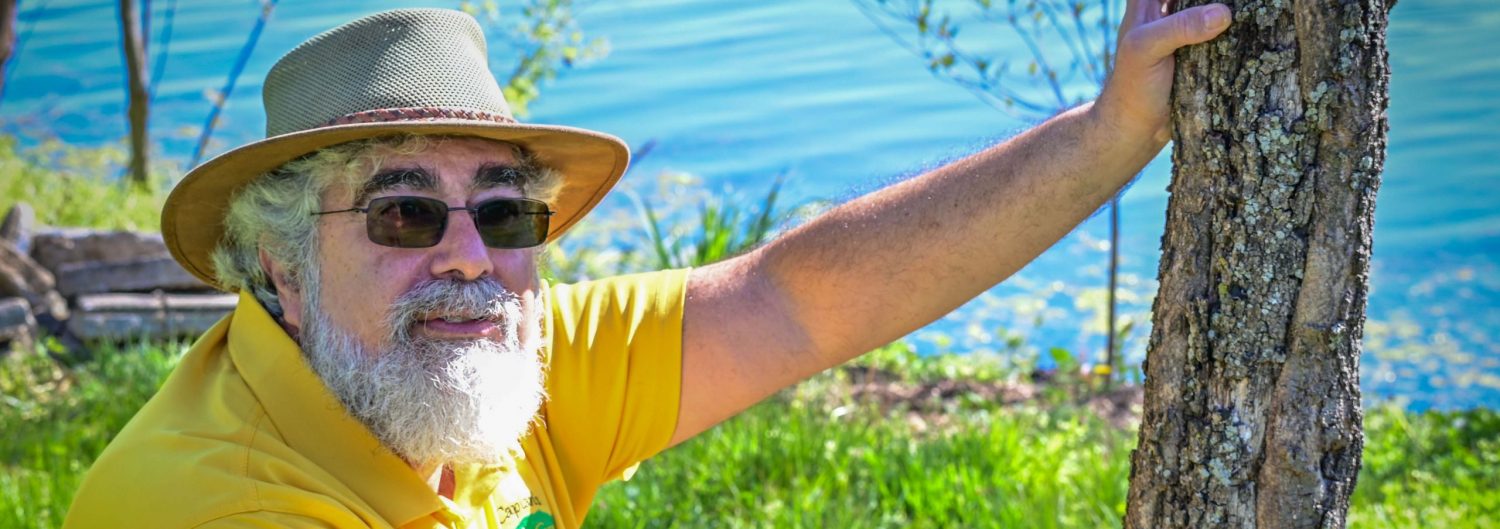| Construction and Tree Protection If you are planning on building a new house on a wooded lot, or adding onto your current home (new room, bigger garage, wider driveway, etc.), or even having utility work performed on your property, your existing trees are at risk from various types of construction injury. This article from the International Society of Arboriculture discusses the types of injury trees can undergo during a construction project, and how to avoid them. One of the most important first steps to take, before the first truck drives onto your property, is to have a Certified Arborist examine your plans and how they relate to your trees. Not every tree can be saved…not every tree SHOULD be saved. But if there are signficant trees on your property, protecting them starts while you are still in the planning stages of your construction. If you hire me to help protect your trees, the first thing I will do is to examine the trees on the property for health and condition. A tree that’s dying or has severe structural faults should be removed, which may make the rest of the project easier. Next, I will measure out a Protected Root Zone (PRZ), based on the tree’s trunk diameter. The PRZ is an area where there should be no disturbance, including trenching, storing of materials, or moving of soil. The larger the tree, the greater the protected area. This may require changes in the construction plans (moving the house or driveway, tunneling utilities instead of trenching, or removing the tree). Once plans are completed, I can make regular visits to the property during development, to work with the contractors and help them build the best structure they can, while still saving the trees you find important. It’s important to get me involved before construction begins. It’s much easier to PROTECT a tree than it is to try to REPAIR one after the damage has been done. |
| Tree Pruning I am about halfway through my list of pruning jobs that customers had me quote for them this past fall. There is still plenty of time to hire me to take care of your ornamental and fruiting plants. I prune based on university-approved techniques. Rather than amputating limbs in their middles to get them out of the way of walkways or from rubbing against the house, I will perform thinning-out cuts. Basically, I prefer to make one large cut at the limb’s point of origin, rather than half a dozen smaller cuts closer to the ends. This eliminates the tree’s tendency to replace the missing limbs and growing right back into the walkway or obstacle. It also keeps the tree looking attractive and naturally-shaped. Part of the “Art of Pruning” is that the plant should not look obviously pruned when the job is done. By thinning out at the point of origin, defects and unwanted branches are removed, yet the overall natural shape of the plant is kept. A funny story: I once had a customer accuse me of carrying a load of brush from my truck up to her house and dump it there to provide “proof” that I had pruned her plant. I had to take her by the hand and show her each and every thinning cut I’d made to reduce the size of the plant. She was so used to seeing her neighbors’ landscape butchered by untrained landscapers that she didn’t recognize proper pruning when she saw it! (Remember: I spent 32 years with Extension, teaching people the correct way to prune. I KNOW what I’m doing!) |
| Winter Injury We have not had severe winter weather in the Evansville area so far this winter. However, we have experienced repeated cycles of warm, shirt-sleeve weather, followed by temperatures at or just below freezing. This can be hard on some plants, especially evergreen shrubs, such as boxwood, juniper, and arbor vitae. One of the more common cold-related injuries I’m seeing now is winter burn. Winter burn occurs when water leaves the plant faster than it is absorbed. Needles and leaves of evergreens always transpire water, even during the winter months. Water loss is increased during periods of strong winds and sunny weather, even if the ambient temperature is very low. The heat of the sun can cause stomates on the lower sides of the leaves to open, which increases transpiration. The southwest facing side of the plant typically has the most noticeable winter burn damage, especially if the plant has no protection from wind-induced withering. Desiccation can be severe if the fall has been particularly dry and there is not sufficient moisture to supply the roots adequately. Right now, there is no longer anything we can do to PREVENT winter burn. We’ve had a few decent rain events in January, so watering the landscape won’t really help at this point. If your evergreens are showing signs of winter burn, the unattractive dead foliage can be pruned back to healthy, un-burned twigs. I can help with that, but I would recommend waiting until March or April, right before new growth sprouts. By waiting, we avoid having to come back to deal with any late freeze damage. The new growth will hide any of the pruning that we need to do. |
